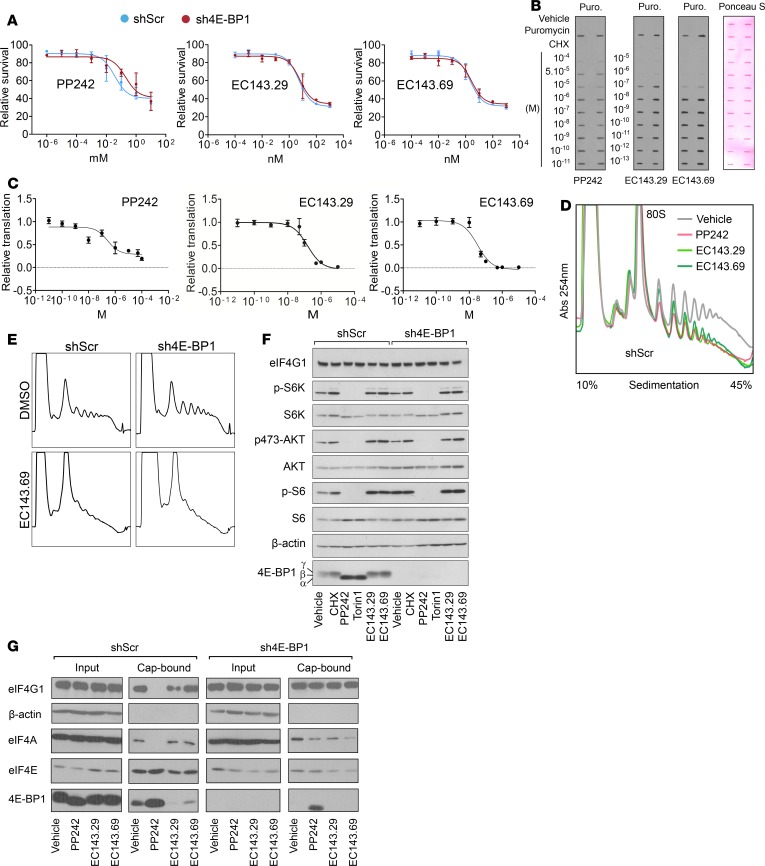Figure 5. Targeting the eIF4F complex efficiently blocks mRNA translation in pancreatic cancer cells independently of the mTOR/4E-BP1 axis.
(A) Cell proliferation assays of shScramble or sh4E-BP1 MiaPaca-2 cells. Data are presented as mean ± SD (n = 3). Survival is shown as compared with DMSO controls. (B and C) shScramble or sh4E-BP1 MiaPaca-2 cells were treated 1 hour with indicated drug concentrations. Representative dot blot result obtained from treated cells is depicted. (B) CHX is used as a negative control for puromycin incorporation. GAPDH is used as a loading control. (C) Representative curves of translation rate as a function of drug concentration (2 independent experiments). (D and E) Polysome profiles of shScramble or sh4E-BP1 MiaPaca-2 cells incubated with vehicle, 2.5 μM PP242, or 50 nM EC143.29 and EC143.69 for 3 hours. Absorbance at 254 nm is shown as a function of sedimentation (n = 2). (F) Western blot analysis of indicated proteins from whole cell lysate or (G) cap-bound complex from shScr or sh4E-BP1 MiaPaca-2 cells treated with vehicle or PP242 (2.5 μM), Torin1 (500 nM), EC143.29 (50 nM), EC143.69 (50 nM), cycloheximide (CHX, 100 μg/ml) for 3 hours. Two independent experiments. Respectively, α, β, and γ indicate hypo-, partially, and hyperphosphorylated forms of 4E-BP1.

